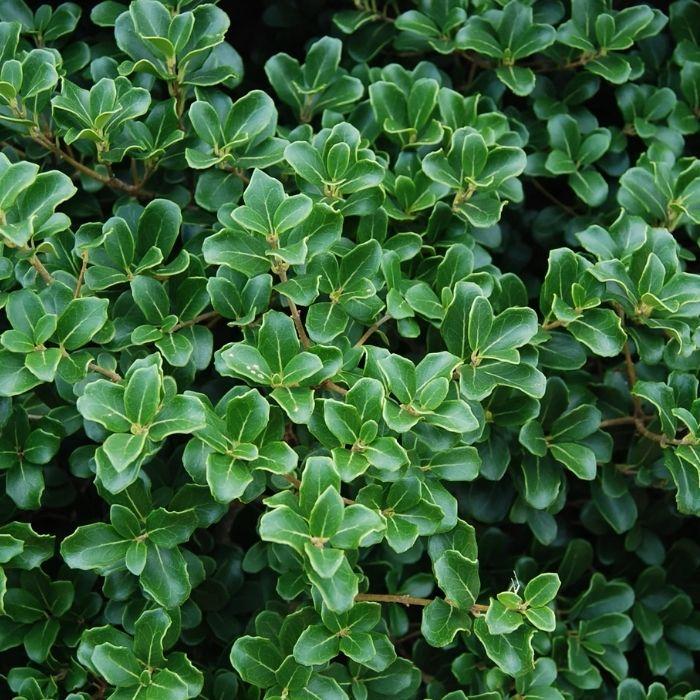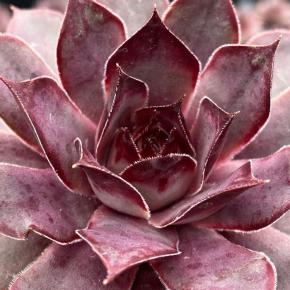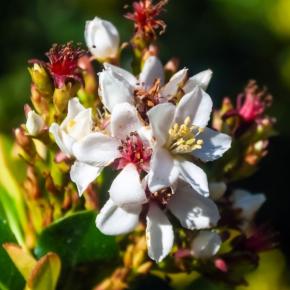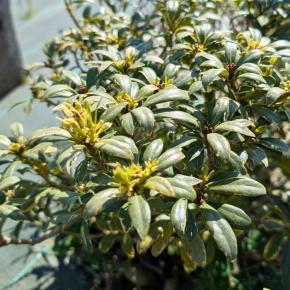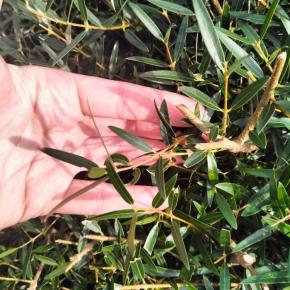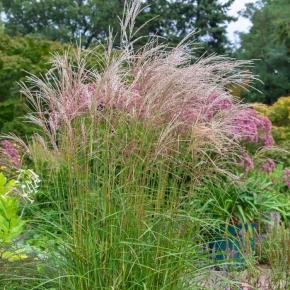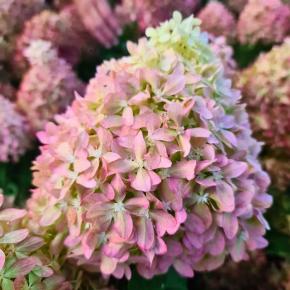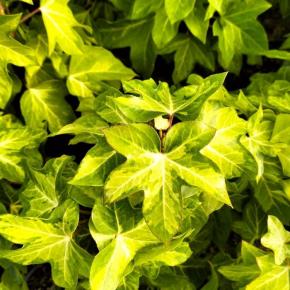AEvergreen, hardy, and highly ornamental, OSMANTHUS heterophyllus Rotundifolia stands out for its rounded, glossy leaves and exceptional adaptability. Native to East Asia, this cultivar offers dense foliage, high resistance to pruning, and small fragrant white flowers in autumn — making it a top choice for screening, hedging, and structural planting.
|
Packaging
To find out more about our packaging, please visit our young plants' page available from the website header.

|
Available quantity | Dispo à partir de | Sold by | Desired quantity | |
|---|---|---|---|---|---|
|
Packaging
GT9
To find out more about our packaging, please visit our young plants' page available from the website header.

|
Available quantity 272 | Dispo à partir de Immédiat | Sold by min 10 |
|
|
The characteristics of OSMANTHUS heterophyllus Rotundifolia
OSMANTHUS heterophyllus Rotundifolia, originating from Japan and Taiwan, is a dense, upright evergreen shrub. Its distinctive rounded, holly-like leaves lack the pronounced spines typical of the species, offering a softer visual texture while retaining structural presence. It produces clusters of small, intensely fragrant white flowers in early autumn, attracting pollinators. This cultivar is particularly valued for its tolerance to various soil types, resistance to urban pollution, and adaptability to both sunny and partially shaded conditions.
How to use OSMANTHUS heterophyllus Rotundifolia ?
Thanks to its dense evergreen structure, OSMANTHUS heterophyllus Rotundifolia is ideal for creating year-round privacy screens, windbreaks, or clipped hedges. It can be used as a specimen shrub in ornamental borders, incorporated into mixed evergreen compositions, or grown in large containers for patios and terraces. Its rounded leaves provide a refined alternative to holly in formal designs, while its autumn flowering adds seasonal interest when many shrubs have finished blooming.
Cultivation advice for OSMANTHUS heterophyllus Rotundifolia
Plant OSMANTHUS heterophyllus Rotundifolia in well-drained, moderately fertile soil, spacing specimens 80–100 cm apart for hedge planting. It tolerates a range of pH levels but benefits from slightly acidic conditions. Water regularly during establishment; once mature, it withstands moderate drought. Light pruning after flowering maintains shape and density, while heavier cuts can be performed in late winter. Apply a balanced slow-release fertilizer in spring to support healthy growth and vibrant foliage.

